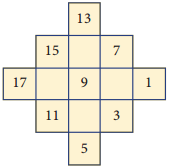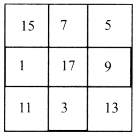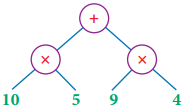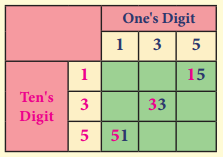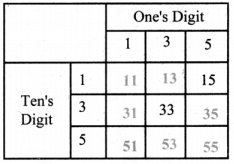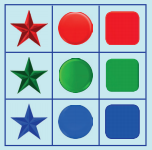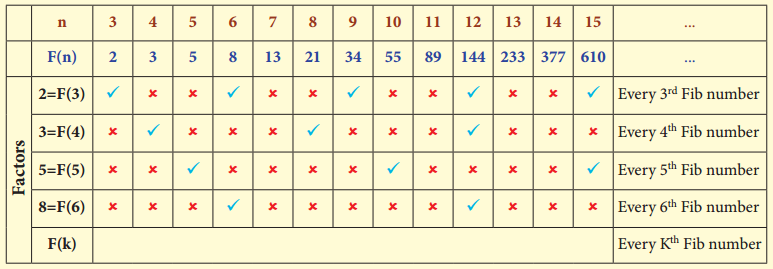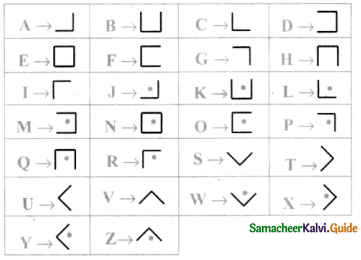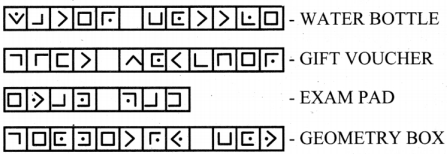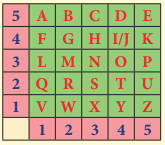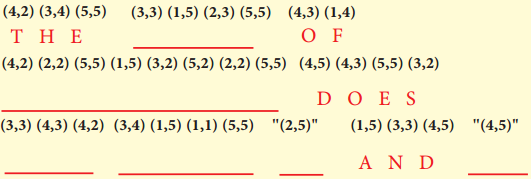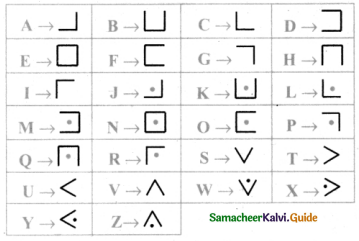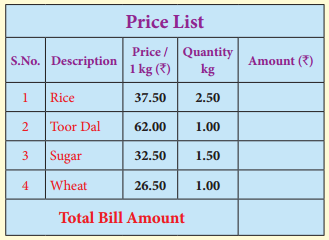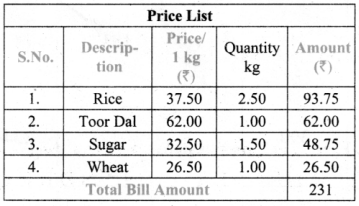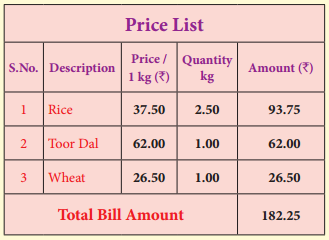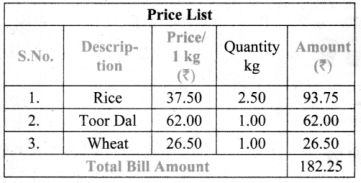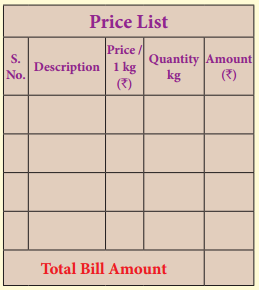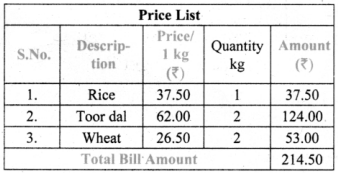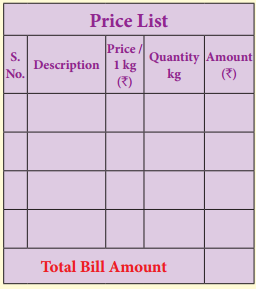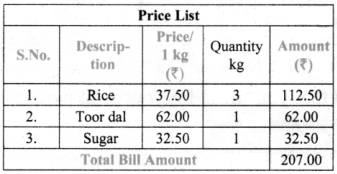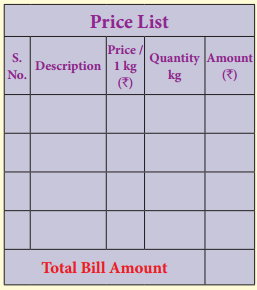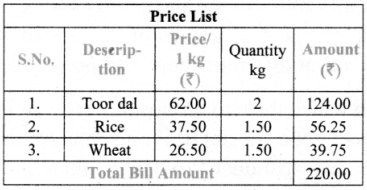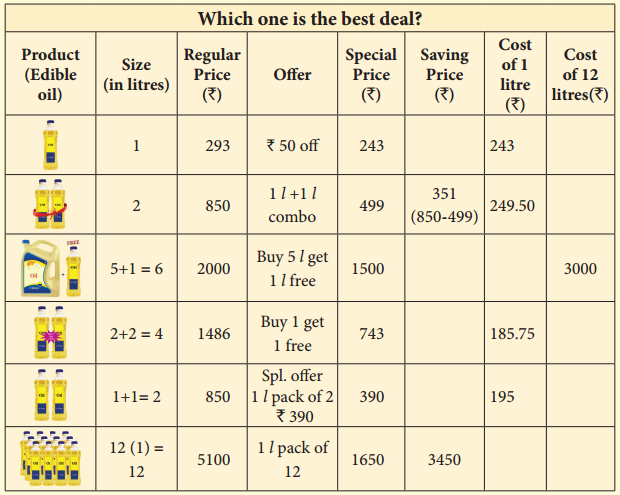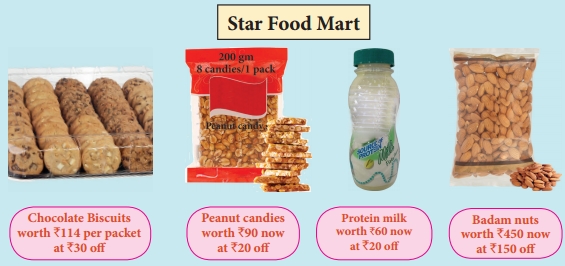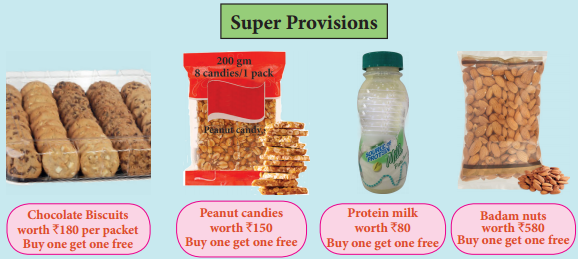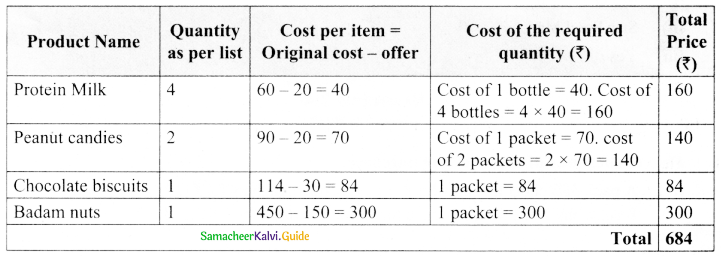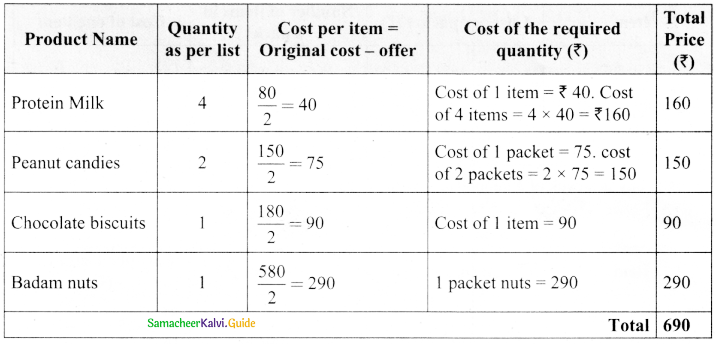Tamilnadu State Board New Syllabus Samacheer Kalvi 8th Social Science Guide Pdf History Chapter 1 Advent of the Europeans Text Book Back Questions and Answers, Important Questions, Notes.
Tamilnadu Samacheer Kalvi 8th Social Science Solutions History Chapter 1 Advent of the Europeans
Samacheer Kalvi 8th Social Science Advent of the Europeans Text Book Back Questions and Answers
I. Choose the correct answer:
1. Who laid the foundation of Portuguese power in India?
a) Vasco da Gama
b) Bartholomew Diaz
c) Alfonso de Albuquerque
d) Almeida
Answer:
d) Almeida
2. Which of the following European Nation was the foremost attempt to discover a sea route to India?
a) Dutch
b) Portugal
c) France
d) Britain
Answer:
b) Portugal
3. In 1453 Constantinople was captured by ………………. .
a) The French
b) The Turks
c) The Dutch
d) The British
Answer:
b) The Turks
4. Sir William Hawkins belonged to ………………. .
a) Portugal
b) Spain
c) England
d) France
Answer:
c) England
5. The first fort constructed by the British in India was ………………. .
a) Fort William
b) Fort St.George
c) Agra fort
d) Fort St. David
Answer:
a) Fort William
6. Who among the following Europeans were the last to come India as traders?
a) The British
b) The French
c) The Danish
d) The Portuguese
Answer:
b) The French
7. Tranquebar on the Tamil Nadu coast was a trade centre of the ………………. .
a) The Portuguese
b) The British
c) The French
d) The Danish
Answer:
d) The Danish
II. Fill in blanks.
1. National Archives of India (NAI) is located in ……………….
Answer:
New Delhi
2. Bartholomew Diaz, a Portuguese sailor was patronized by ……………….
Answer:
King John – II
3. The printing press in India was set up by ………………. at Goa in 1556.
Answer:
Portuguese
4. The Mughal Emperor ………………. permitted the English to trade in India.
Answer:
Jahangir
5. The French East India Company was formed by ……………….
Answer:
Colbert
6. ………………. the King of Denmark issued a charter to create Danish East India company.
Answer:
Christian IV
III. Match the following.
| 1. The Dutch | a) 1664 |
| 2. The British | b) 1602 |
| 3. The Danish | c)1600 |
| 4. The French | d) 1616 |
Answer:
| 1. The Dutch | b) 1602 |
| 2. The British | c) 1600 |
| 3. The Danish | d)1616 |
| 4. The French | a) 1664 |
IV. State true or false.
1. Auto biography is one of the written sources.
Answer:
True
2. Coins are one of the material sources.
Answer:
True
3. Ananda Rangam was a translator served under British.
Answer:
False
4. The place where historical documents are preserved is called archives.
Answer:
True
V. Consider the following statements and tick (✓) appropriate answer.
1. i) Governor Nino de Cunha moved Portuguese capital from Cochin to Goa.
ii) Portuguese were the last to leave from India.
iii) The Dutch founded their first factory at Surat.
iv) Sir Thomas Roe was sent to Jahangir’s court by King James I of England.
a) i & ii are Correct.
b) ii & iv are Correct,
c) iii is correct.
d) i, ii & iv are correct.
Answer:
d) i, ii & iv are correct.
2. Find out the wrong pair:
1. Francis Day – Denmark
2. Pedro Cabral – Portugal
3. Captain Hawkins – Britain
4. Colbert – France
Answer:
1. Francis Day – Denmark
VI. Answer the following in one or two sentences.
1. Give a short note on Archives?
Answer:
Archives is the place where historical documents are preserved. The National Archives of India (NAI) is located in New Delhi. It is the chief storehouse of the records of the government of India.
2. Write about the importance of Coins.
Answer:
Coins are a good source to know about administrative history.
3. Why Prince Henry is called ‘Henry the Navigator’?
Answer:
Prince Henry of Portugal, who is commonly known as the “Navigator”, encouraged his countrymen to take up the adventurous life of exploring the unknown regions of the world.
4. Name the important factories established by the Dutch in India.
Answer:
Masulipatnam, Pulicat, Surat, Patna, Chinsura, Kasim bazaar, Nagapatnam, Balasore and Cochin.
5. Mention the trading centers of the English in India.
Answer:
The English had established their trading centres at Surat, Agra, Ahmadabad, and Broach.
VII. Answer the following.
1. Give an account of the sources of Modern India.
Answer:
1. The sources for the history of modem India help us to know the political, socio-economic and cultural developments in the country.
2. The Portuguese, the Dutch, the French, the Danes, and the English recorded their official transactions in India on state papers.
3. History can be written with the help of written sources and material sources.
4. Written Sources:
After the advent of the printing press, books were published in different languages people began to acquire knowledge easily in the fields like art, literature, history, and science.
5. Written sources include Literatures, Travel Accounts, Diaries, Auto Biographies, Pamphlets, Government Documents and Manuscripts.
6. Archives:
It has a main source of information for understanding past administrative machinery as well as a guide to the present and future generations related to all matters.
7. Material Sources:
Paintings and statues are the main sources of modem Indian history which provide information about national leaders and historical personalities and their achievements.
8. Historical buildings and museums preserve and promote our cultural heritage,
9. Coins are a good source to know about administrative history.
2. How did the Portuguese establish their trading centres in India?
Answer:
- During the 16th century, Portuguese succeeded in capturing Goa, Daman, Diu, Salsette, Bassein, Chaul and Bombay on the western coast, Hooghly on the Bengal coast and Santhome on the Madras coast and enjoyed good trade benefits.
- The Portuguese brought the cultivation of tobacco to India. Due to the influence of Portuguese spread Catholic religion spread on India’s western and eastern coasts.
- The printing press was set up by the Portuguese at Goa in 1556.
- A scientific work on the Indian medicinal plants by a European writer was printed at Goa in 1563.
3. How did the British establish their trading centres in India?
Answer:
1. In 1600, Elizabeth, the Queen of England granted a charter to the governor and company of Merchants of London to trade with the East Indies.
2. The Company was headed by a Governor and a court of 24 directors.
3. Captain Hawkins visited Jahangir’s court and secured permission to raise a settlement at Surat which was cancelled later.
4. In 1612, the English Captain Thomas Best, inflicted a severe defeat over the Portuguese in a naval battle near Surat.
5. The Mughal Emperor Jahangir permitted the English to establish their factory in 1613 at Surat, which became the headquarters of the English in western India.
6. Captain Nicholas Downton won another decisive victory over the Portuguese in 1614.
7. This enhanced the British prestige at the Mughal court.
8. In 1615, Sir Thomas Roe was sent to Jahangir’s court by King James I of England, who succeeded in concluding a commercial treaty with the emperor
9. Before the departure of Sir Thomas Roe, the English had established their trading centres at Surat, Agra, Ahmadabad, and Broach.
IX. HOTS.
1. How did the fall of Constantinople affect the European nations?
Answer:
- The fall of Constantinople was the end of an era for Europe as it severely hurt traders in the European region.
- The land route between India and Europe was closed. The Turks penetrated into North Africa and the Balkan Peninsula.
- It became imperative on the part of the European nations to discover new sea routes to the East.
Samacheer Kalvi 8th Social Science Advent of the Europeans Additional Important Questions and Answers
I. Choose the correct answer.
1. The ……………… of India attracted Europeans to this country.
(a) Technology
(b) Machinery
(c) Wealth
(d) River
Answer:
(c) wealth
2. ……………….. was sent to the first governor for the Portuguese possessions in India.
a) Almeida
b) Vascoda Gama
c) Albu querque
d) Bartholomeu Diaz
Answer:
a) Almeida
3. In Pulicat, the fort built by the Dutch was …………………… .
a) Geldria Fort
b) St. George
c) William Fort
d) Red fort
Answer:
a) Geldria Fort
4. …………….. help to preserve and promote our cultural heritage.
(a) Parks
(b) Books
(c) Beaches
(d) Museums
Answer:
(d) Museums
5. A sailor who reached the southernmost point of Africa
a) Americo vesbuki
b) Bartholomew Diaz
c) Colombus
d) Macallan
Answer:
b) Bartholomew Diaz
6. The national Archives of India (NAI) in located in ……………… .
a) New Delhi
b) Chennai
c) Coimbatore
d) Thanjavur
Answer:
a) New Delhi
7. Who set up a printing press at Tranqueber (Tarangambadi)
a) G.U pope
b) Caldwell
c) John – d – Britto
d) Ziegenbalg
Answer:
d) Ziegenbalg
8. Battle of Plassey in the year ………………… .
a) 1757
b) 1758
c) 1759
d) 1760
Answer:
a) 1757
9. Battle of Buxar in the year ………………….
a) 1762
b) 1764
c) 1766
d) 1768
Answer:
b) 1764
10. Which Europeans came first to India as traders?
a) The French
b) The British
c) The Portuguese
d) The Dutch
Answer:
c) The Portuguese
II. Fill in the blanks:
1. The place where document are presented in ……………….. .
Answer:
Archives
2. …………… was a Translator in Pondicherry to assist French trade in India.
Answer:
Ananda Rangam
3. Ananda Rangam diaries contain the Indo ……………….. relationship.
Ans: French
4. ………………… is one of the largest archives in Asia.
Answer:
NAI, New Delhi
5. …………….. is one of the oldest and largest document repositories in Southern India.
Answer:
Tamil Nadu Archives
6. ………………. called is the Father of National Archives of India.
Answer:
George William Forest
7. Tamil Nadu Archives knew as …………….
Answer:
The Madras Record Office
8. ……………… issued the first calendar of Madras record in 1917.
Answer:
Dodwell f
9. In 1696, Port St. David was built by the ……………… in Cuddalore
Ans: British
10. The Reserve bank of India was setup in ……………….
Answer:
1935
11. The first coinage in modem India was issued in 1862 by ………………. .
Answer:
British
12. In the year ……………… Portuguese claimed the naval supremacy in Asia.
Answer:
1509
13. …………. maintained friendly relations with the Vijayanagar Empire.
Answer:
Alfonso de Albuquerque
14. Vasco da Gama was cordially received by ……………….
Answer:
King Zamorin
15. ……………… Was the first capital of the Portuguese East India company
Answer:
Cochin
III. Match the following.
| 1. St. Francis Church | a) Madras |
| 2. St. Louis Fort | b) Cuddalore |
| 3. St. George Fort | c) Cochin |
| 4. St. David Fort | d) New Delhi |
| 5. India Gate | e) Pondicherry |
Answer:
| 1. St. Francis Church | c) Cochin |
| 2. St. Louis Fort | e) Pondicherry |
| 3. St. George Fort | a) Madras |
| 4. St. David Fort | b) Cuddalore |
| 5. India Gate | d) New Delhi |
IV. State true or false.
1. Vasco da Gama came to India for the second time in 1501 with 20 ships
Answer:
False
2. King Zamorin defeated by the Portuguese.
Answer:
True
3. The wealth of India attracted Americans by the accounts of foreign writers.
Answer:
False
4. Albuquerque maintained friendly relations with the Vijayanagar Empire.
Answer:
False
5. The Catholic religion spread in certain regions in India’s western and eastern coasts.
Answer:
True
V. Consider the following statements and tick(✓) the appropriate answer:
1. The real founder of the Portuguese power in India was Alfonsa de Albuquerque.
2. He captured Goa from the sultan of Bijapur in November 1570.
3. In 1575, he established the Portuguese authority Ormuz in the Persian Gulf.
4. Alfonso de Albuquerque encouraged the marriages of the Portuguese with Indian women.
a) all are correct
b) all are incorrect
c) 3 is correct
d) 2 is incorrect
Answer:
a) all are correct
2. Find out the wrong pair:
1. Zamorin – Calicut
2. Bahadur shah – Gujarat
3. Shaistakhan – Governor of Chennai
4. Sher khan Lodi – Bijapur
Answer:
3. Shaista khan – Governor of Chennai
VI. Answer the following in one or two sentences.
1. What are written sources?
Answer:
Written sources include literature Travel accounts, Diaries, Auto Biographies, pamphlets, Government Documents, and Manuscripts.
2. What is Bluewater policy?
Answer:
- In 1905, Francisco de Almeida was sent as the first Governor for the Portuguese possessions in India.
- His policy was known as the ” Bluewater policy”
- Almeida had the aim of developing the naval Portuguese in India.
3. What are the factors of the comparative success of the British in India?
Answer:
The comparative success of the British over the Portuguese, the Dutch, the Danish, and the French was Largely due to their commercial competitiveness, Spirit of supreme sacrifice, government support, naval superiority, national character and their ascendency in Europe.
VII. Answer the following:
1. Give an account of the Tamil Nadu Archives.
Answer:
- The Madras Record Office which is presently known as Tamil Nadu Archives (TNA) is located in Chennai. It is one of the oldest and the largest document repositories in southern India. Most of the records are in English. Few documents are in French, Portuguese, Tamil, and Urdu.
- Tamil Nadu Archives has 1642 volumes of Dutch records which relate to the Cochin and Coromandal coast. These records cover the period from 1657-1845. The Danian records cover the periods from 1777-1845.
- Dodwell prepared with great effort and issued the first calendar of Madras records which was published in 1917. He was highly interested in encouraging historical researches. He opened a new chapter in the history of Tamil Nadu Archives.
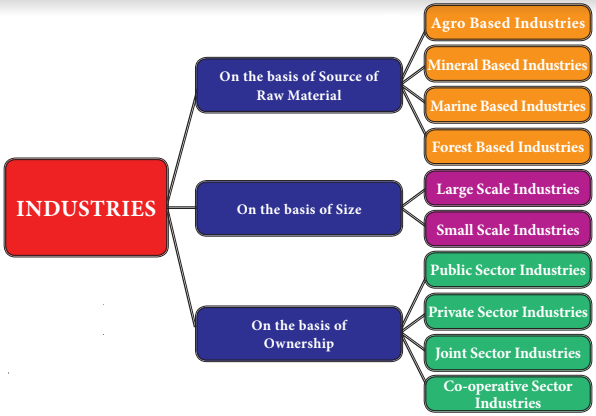
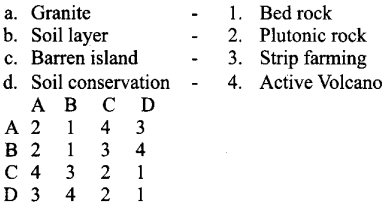
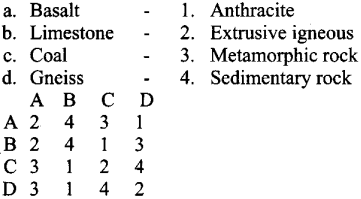
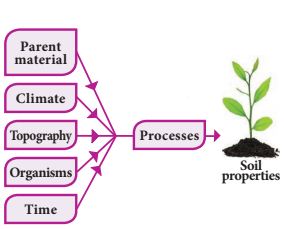

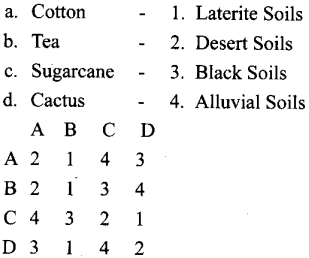
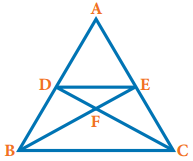 Answer:
Answer: